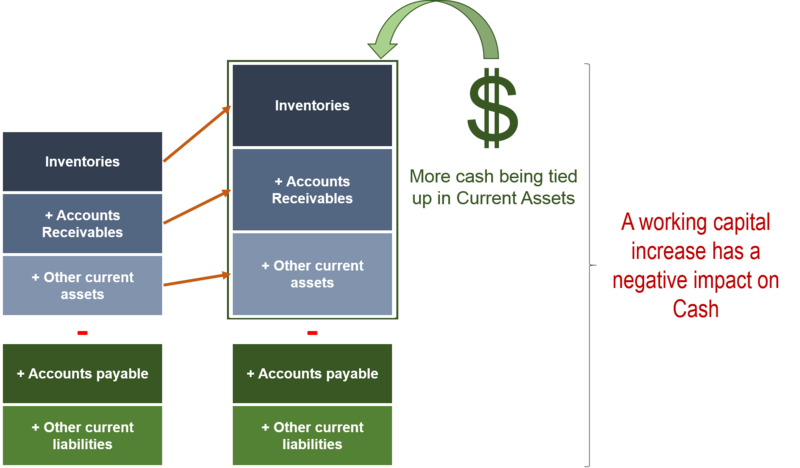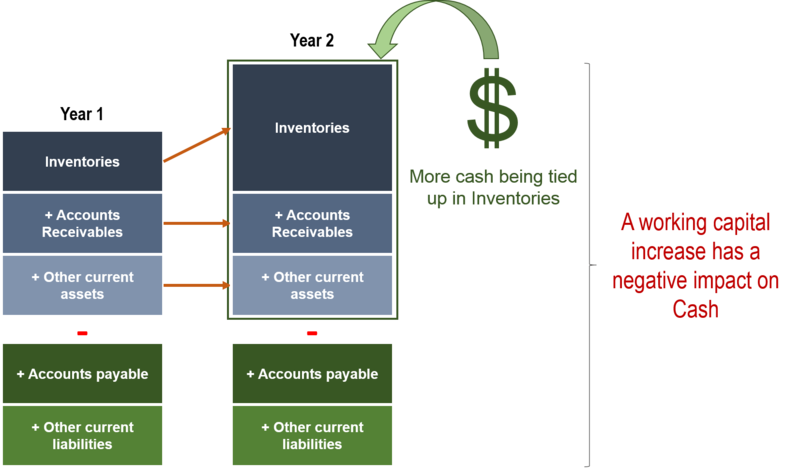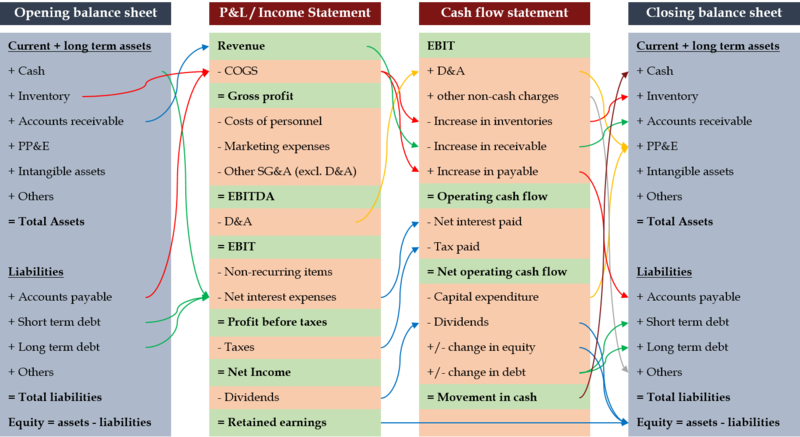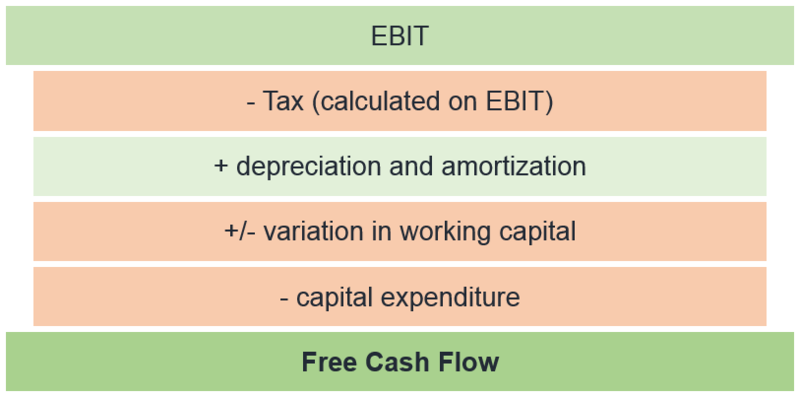We created Sainoo to allow young professionals to discover more Companies and jobs than the ones you are currently aware of.
Through the platform you will also be able to find free training and preparation materials to get ready for those key dates in your career, whether you have some interviews lined up or if you are starting a new job! We invite you to browse through our content, companies profiles and job opportunities on your resource page.






























